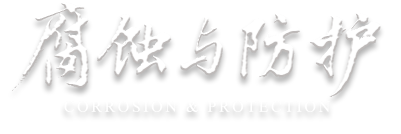Abstract:
Using various detection methods such as ultra depth of field video microscopy (OM), X-ray diffraction (XRD), microscopic laser Raman spectroscopy (Raman), Fourier transform infrared spectroscopy (FTIR), and field emission environmental scanning electron microscopy energy dispersive spectroscopy (SEM-EDS), the microstructure observation and chemical composition analysis of white fluffy precipitates on the surface of Qing Dynasty plain three-colour lion in Hebei Museum were carried out. The results show that the white precipitate mainly appeared as irregular clusters or parallel fiber aggregates, and its main components included organic acid calcium salts Ca(CH
3COO)
3Cl(NO
3)
2·6H
2O, sodium chloride. Organic calcium salts were generated by a chemical reaction between soluble salts contained in ceramic bodies and volatile acidic vapors from wood storage materials. The precipitation of these crystalline salts caused partial flaking and glaze layer peeling off of the cultural relics, resulting in serious damage to the appearance of the cultural relics, affecting their viewing and hindering their long-term preservation.

 下载:
下载: